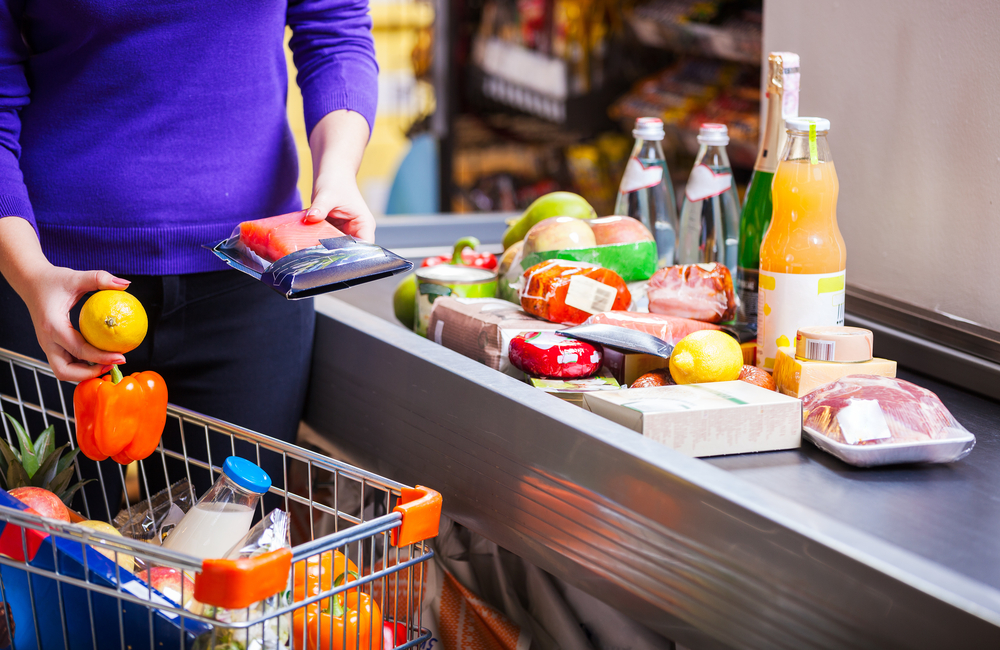
The standard checkout lanes that many grew up going through are barely recognizable these days. There were no LED monitors, intricate conveyor systems, or even scanners in some cases. Now you have conveyor systems that take your groceries to different bagging stations, LED monitors that display the price and/or discount of each item purchased, and even scanners that require no human intervention in order to read the barcode; it will recognize the package instead of reading the barcode on the item.
When you are refreshing an existing POS system and want to incorporate a scanner scale system, there are a few questions to answer. Is there a need for a scale? Or will a counter mounted scanner suffice? If there is no need to weigh any items, then a scale is not something that is needed. Many places future-proof these in case the retailer decides to use a weighing system at some point.
Do you need the ability to scan 2D barcodes? If you have a loyalty program, it’s likely that 2D is needed, so that your company can send mobile coupons to the customer’s smartphone in order to customize a patron’s typical purchases. If there is no need to read a 2D scanner, that can provide some savings. But with the recent surge in the need for 2D codes, it’s likely a good investment to have a 2D-ready scanner. Additionally, some states regulate information they deem appropriate for the customer to be able to see. California, for example, requires all POS systems to have a pole display visible to the customer so they can view each transaction and monitor its accuracy.
Another aspect to consider when choosing the right scanner scale is the scan rate. Consider, how many barcodes will an employee need to scan in a given shift? If you notice a steady flow of traffic in your store, it’s likely beneficial to incorporate a machine that can handle a large amount of barcodes in a short period of time. Customers do not shop in a store to wait in line. So the faster they are checked out and on their way, the happier they will be with their shopping experience.
Planning for the future of the store is something that may end up saving you money in the end. So plan ahead and pay attention to trends in the retail space. If it’s working for a competitor of comparable size, it will likely work for you as well.
Co-contributor: Matt Gadd

